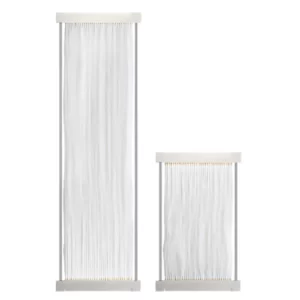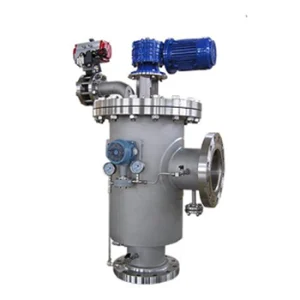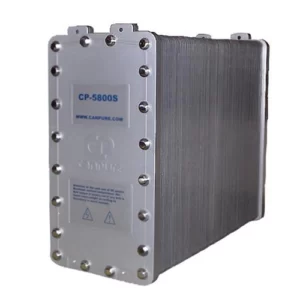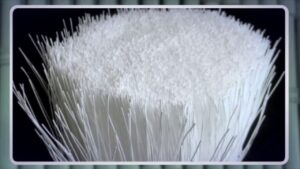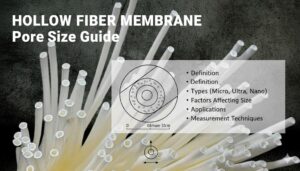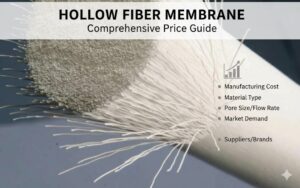Ever wondered how your tap water gets so clean? Or how pharmaceutical companies ensure their products are pure?
The answer: membrane filters.
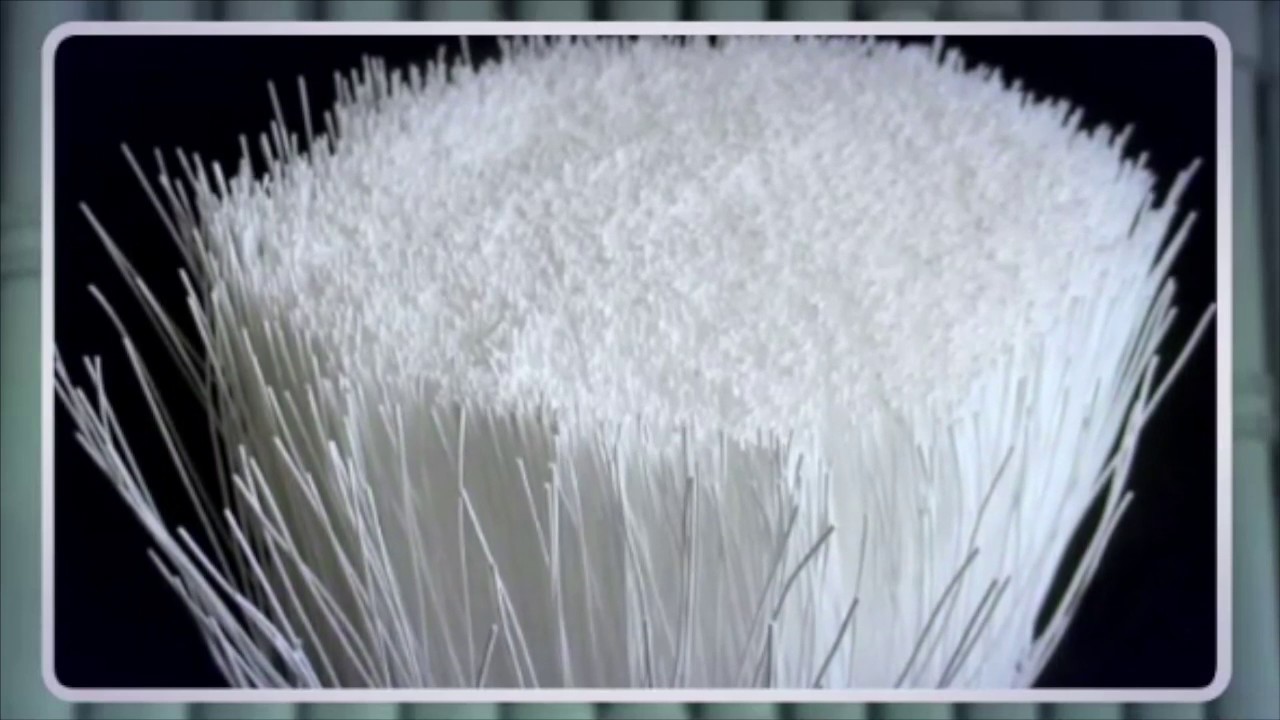
What is a Membrane Filter
What is a membrane filter? It’s a thin, semi-permeable barrier with microscopic pores that separates substances based on size. Think of it like a super-fine strainer that can remove particles you can’t even see with the naked eye.
I’ve spent years analyzing filtration systems, and here’s what I’ve learned:
Membrane filters are EVERYWHERE. From the water you drink to the medications you take.
In questa guida, come professionista membrana a fibra cava e membrana in fogli piani manufacturer, I’ll break down exactly how membrane filters work, the different types available, and which one you need for your specific application.
Immergiamoci in questa storia.
How Membrane Filters Actually Work
Ecco come funziona:
A membrane filter works through a simple but powerful principle called size exclusion.
The membrane acts as a physical barrier. When you push liquid (or gas) through it under pressure, particles smaller than the pore size pass through. Everything else gets trapped.
It’s that simple.
Ma è qui che la cosa si fa interessante:
The filtered liquid splits into two streams:
- Permeate: The clean, filtered liquid that passes through
- Retentate: The concentrated stuff that gets rejected
Think of it like panning for gold. The water flows through, but the gold nuggets stay behind.
The 4 Main Types of Membrane Filtration
Not all membrane filters are created equal.
In fact, there are four distinct types based on pore size:
1. Microfiltrazione (MF)
Dimensione dei pori: Da 0,1 a 10 micron
This is your heavy-duty filter. It removes:
- Batteri
- Solidi in sospensione
- Particelle di grandi dimensioni
Common uses? Beer clarification and wastewater treatment.
2. Ultrafiltrazione (UF)
Dimensione dei pori: Da 0,01 a 0,1 micron
Now we’re getting serious. UF membranes catch:
- I virus
- Proteine
- Colloidi
I’ve seen dairy processors use this to concentrate milk proteins. Pretty cool stuff.
3. Nanofiltrazione (NF)
Dimensione dei pori: Da 1 a 10 nanometri
This is where things get microscopic. NF removes:
- Divalent ions (calcium, magnesium)
- Small organic molecules
- Pesticides
Perfect for water softening applications.
4. Osmosi inversa (RO)
Dimensione dei pori: Less than 1 nanometer
The champion of membrane filtration. RO can remove:
- Salt
- Metalli pesanti
- Nearly all contaminants
This is how we turn seawater into drinking water.
Pro Tip: Choose your membrane type based on what you’re trying to remove, not just the cleanest option. Over-filtering can be expensive and unnecessary.
Membrane Materials: What You Need to Know
The material matters. A lot.
Here are the most common options:
Polysulfone (PSF)
- Excellent chemical resistance
- Low protein binding
- Perfect for biotech applications
PTFE (Teflon)
- Handles aggressive chemicals
- Works with organic solvents
- Can be hydrophobic or hydrophilic
Polyethersulfone (PES)
- High flow rates
- Minimal protein binding
- Great for biological samples
Nylon
- Naturally hydrophilic
- Good mechanical strength
- Ideal for aqueous solutions
The bottom line? Match your membrane material to your application. Using PTFE for simple water filtration is like using a sledgehammer to crack a nut.
Cross-Flow vs Dead-End Filtration
This is crucial:
There are two ways to run liquid through a membrane filter.
Dead-End Filtration:
- Flow goes straight into the membrane
- Simple setup
- Clogs faster
- Good for low-solids applications
Filtrazione a flusso incrociato:
- Flow runs parallel to the membrane surface
- Self-cleaning action
- Lasts longer
- Standard for industrial applications
I recommend cross-flow for 90% of applications. Why? It can run continuously without frequent shutdowns for cleaning.
Applicazioni del mondo reale
Let me show you where membrane filters make a difference:
Trattamento dell'acqua
According to recent data, membrane systems can achieve:
- 99.9% bacteria removal
- 99% virus reduction
- Complete removal of suspended solids
Cibo e bevande
Beer breweries use MF to remove yeast. Wine producers use it for clarification. The result? Crystal-clear products without affecting taste.
Prodotti farmaceutici
Drug manufacturers rely on UF and sterile filtration (0.22 micron) to ensure product safety. No bacteria = no contamination.
Industrial Processing
From chemical manufacturing to electronics production, membrane filters remove impurities that would otherwise ruin products.
Key Performance Factors
Want optimal results? Pay attention to these:
Pressione
- Higher pressure = faster filtration
- But too much pressure can damage membranes
- Sweet spot varies by membrane type
Temperatura
- Higher temps usually mean better flow
- But some membranes have temperature limits
- Always check manufacturer specs
pH Range
- Most membranes work best at neutral pH
- Extreme pH can degrade membrane material
- Choose accordingly
Feed Quality
- Pre-filtration extends membrane life
- Remove large particles first
- Think of it like vacuuming before mopping
Considerazioni sui costi
Here’s what impacts your bottom line:
Investimento iniziale:
- Membrane type (RO costs more than MF)
- System size
- Automation level
Costi operativi:
- Energy consumption (pressure requirements)
- Replacement frequency
- Cleaning chemicals
Hidden Savings:
- No filter aids needed
- Consistent product quality
- Meno tempi di inattività
In my experience, the higher upfront cost pays off through reliability and consistency.
Maintenance Best Practices
Keep your membranes running smoothly:
- Pulizia regolare
- Follow manufacturer schedules
- Use recommended chemicals
- Monitor performance between cleanings
- Pre-treatment
- Remove cloro (for some membranes)
- Adjust pH if needed
- Pre-filter large particles
- Monitoraggio delle prestazioni
- Track flow rates
- Monitor pressure differentials
- Test permeate quality
- Storage
- Keep membranes wet
- Use preservative solutions
- Avoid freezing
How to Choose the Right Membrane Filter
Follow this simple framework:
Step 1: Define what you need to remove
- Particles? (Use MF)
- Proteins? (Use UF)
- Salts? (Use RO)
Step 2: Consider your operating conditions
- Intervallo di temperatura
- Compatibilità chimica
- Pressure availability
Step 3: Calculate economics
- Volume requirements
- Quality specifications
- Vincoli di bilancio
Step 4: Test before you invest
- Run pilot studies
- Verify performance
- Optimize parameters
Errori comuni da evitare
I’ve seen these errors countless times:
Using the wrong pore size
- Going too fine wastes energy
- Going too coarse misses contaminants
Ignoring pre-treatment
- Shortens membrane life
- Increases cleaning frequency
Poor system design
- Inadequate flow distribution
- Wrong membrane configuration
Neglecting maintenance
- Delayed cleaning
- Improper storage
The Future of Membrane Technology
Exciting developments are happening:
- Smart membranes with self-cleaning properties
- Graphene membranes for ultra-high efficiency
- Bio-inspired designs mimicking nature
The technology keeps improving, but the fundamentals remain the same.
Conclusione
Quindi, Cos'è un filtro a membrana?
It’s your precision tool for separation. Whether you’re purifying water, concentrating proteins, or removing contaminants, membrane filters deliver consistent, reliable results.
The key is choosing the right type for your application.
Ricorda:
- Match pore size to your target contaminants
- Select appropriate membrane materials
- Design for cross-flow when possible
- Maintain properly for longevity
With the right membrane filter system, you’ll achieve the purity and quality your process demands.

